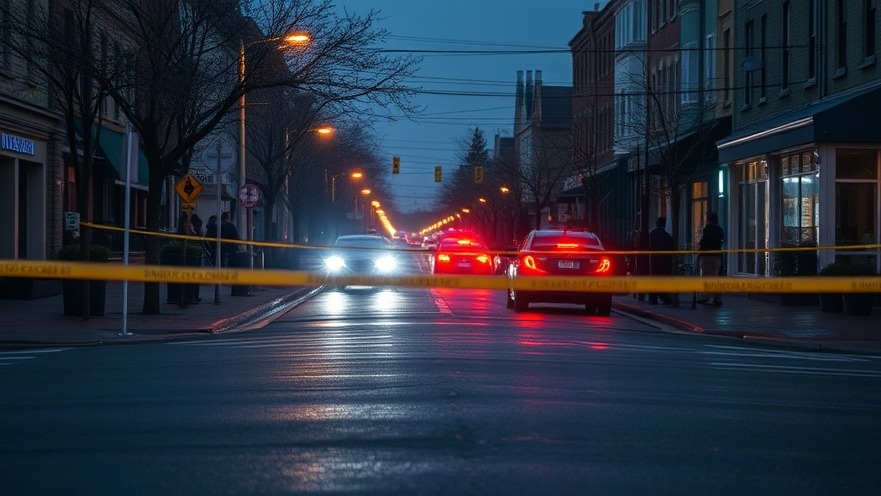
Teen Gun Violence in the Bronx: A Gripping Narrative of Danger and Displacement
A 17-year-old boy was injured late Thursday evening under tragic circumstances that highlight a disturbing trend of youth violence in urban America. Shot in the hip while walking near his home in the Bronx, he became the victim in a spree of gun-related incidents that left the neighborhood reeling. This frightening occurrence is compounded by the fact that earlier that same day, two other teens—both 17 years of age—were also shot while they seemingly went about their normal lives.
As police reports indicate, the gunman responsible for this recent attack may have fled the scenes on a Citi Bike, further accentuating a sense of chaos and unpredictability permeating the area. Witness accounts and police sources suggest that the gunfire was indiscriminate, with the injured boys caught in crossfire unconnected to any altercation they were involved in.
A Community in Shock: Igniting Conversations on Youth Safety
These incidents have left many community members shaken. The mother of one of the victims shot in the arm expressed bittersweet gratitude that her son survived, stating, “I’m grateful my son came home, I’m grateful my son is alive.” Yet, this feeling of relief comes laced with an unavoidable sense of anxiety and fear for their safety. She plans to keep her son inside, confirming that the streets no longer feel like a haven for their family.
Such sentiments are increasingly common in neighborhoods battling rising gun violence, a situation exacerbated by the controversial “Raise the Age” law—an initiative meant to keep juvenile offenders from facing adult consequences that NYPD Commissioner Jessica Tisch linked to the surge in youth violence. While aiming to reform the juvenile justice system, many are now questioning if such laws unintentionally embolden criminal behavior.
The Broader Context: Understanding the Surge in Violence
The challenges faced by urban areas like the Bronx reflect broader societal concerns. Gun violence among youths has climbed sharply across the country, a problem driven by multifaceted factors including poverty, access to firearms, educational inequities, and mental health issues. Recent national data indicates that cities experiencing a rise in gun violence often share similar socioeconomic hardships, reinforcing the need for systemic reform and community support.
The complexity of these issues demands that we engage in meaningful conversation about how to safeguard our youth. Community activists have stepped forward, advocating for increased funding for mental health services and after-school programs aimed at diverting at-risk youths from the streets. Such initiatives can play a vital role in preventative measures that could alleviate the current crisis.
Call to Action: What Can Be Done?
Bringing attention to the pressing nature of gun violence can foster community engagement. Organizations working on the ground level need support in initiatives targeting youth education and empowerment. Residents are encouraged to speak out, report suspicious activity, and contribute to local forums prioritizing public safety.
While the task of curbing youth violence may feel daunting, it is imperative to confront this challenge head-on. Through collaboration among local governments, police, and community members, change is possible. Organizations offering resources for families affected by such violence can also provide necessary support as they navigate post-traumatic experiences.
Grasping the Realities of Hope Amidst Fear
For families in the Bronx, these incidents are not mere statistics but shape their daily lived experiences. As the community grapples with the repercussions of gun violence, it becomes crucial for individuals to invalidate the narrative of fear—opting instead to foster resilience and collective support. As we engage more comprehensively with issues surrounding youth violence, we pave the way for fostering a safer environment for coming generations.
The recent experiences of these young victims serve as poignant reminders of the fragile line between safety and chaos. Addressing the root causes of violence is not only a community obligation but a national imperative.
 Add Element
Add Element  Add Row
Add Row 



Write A Comment